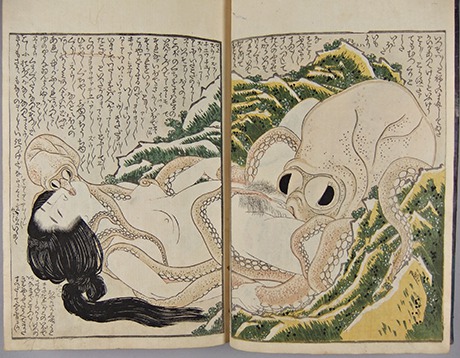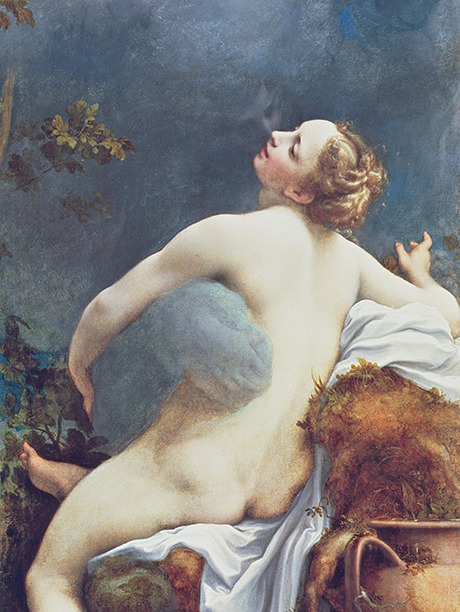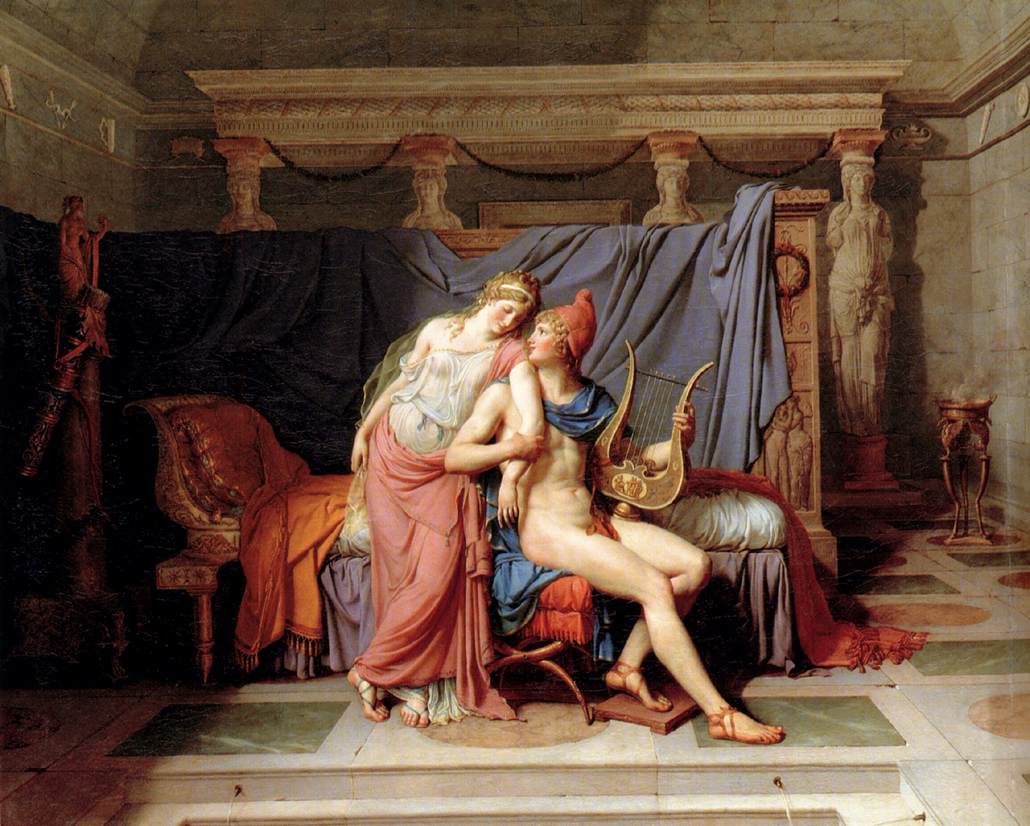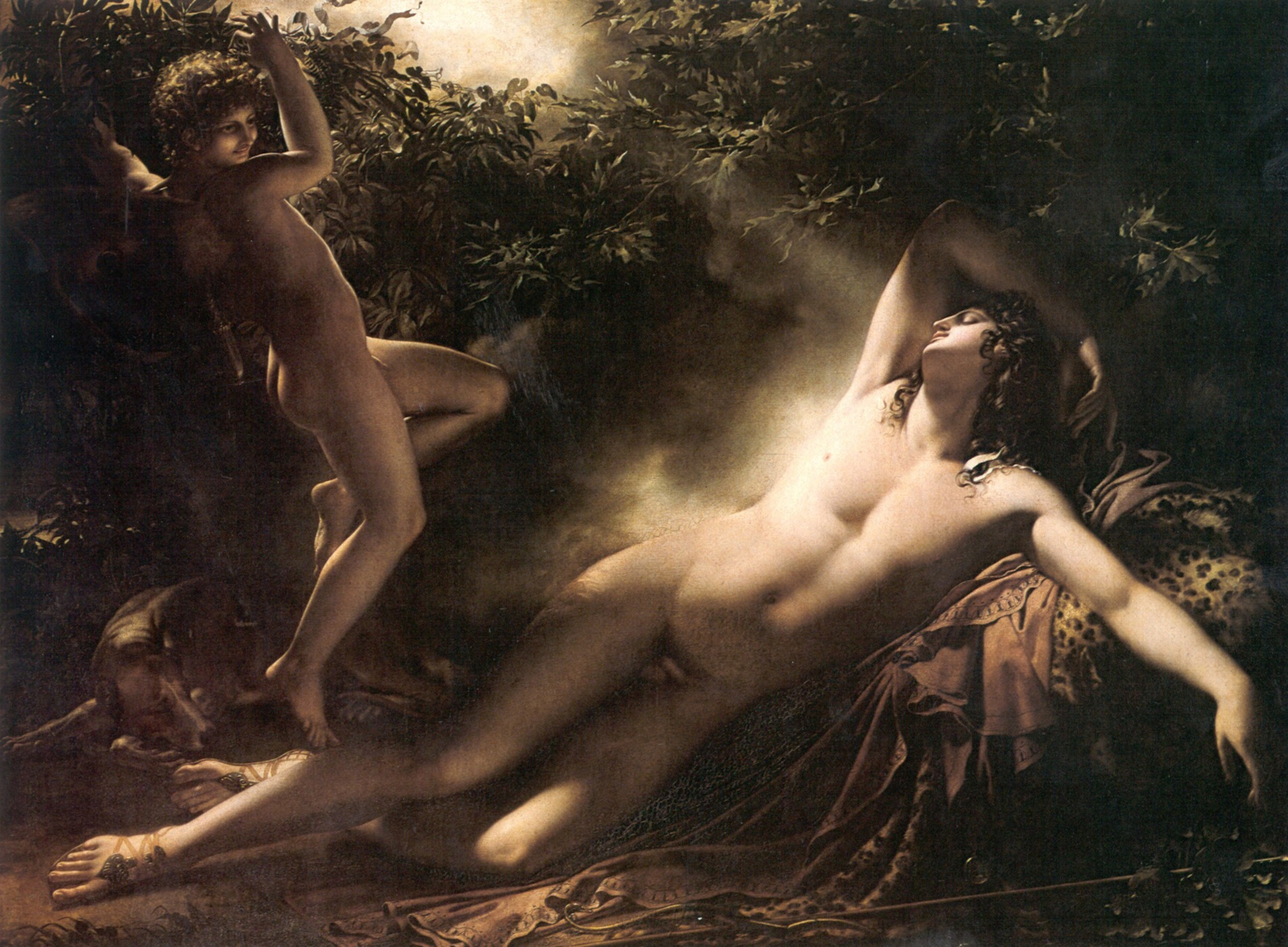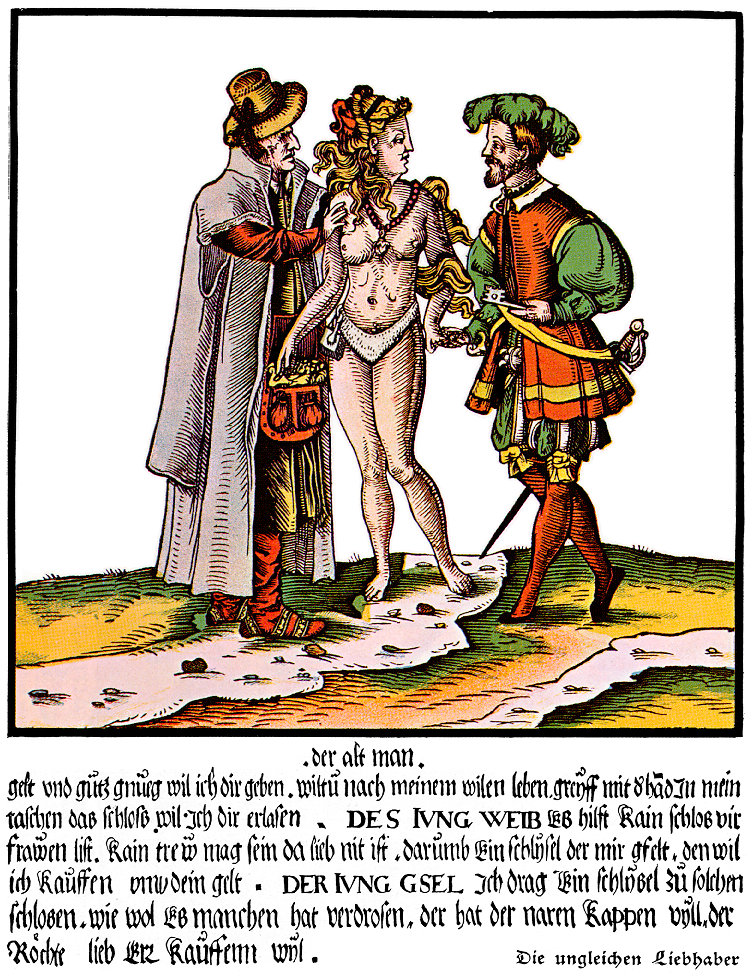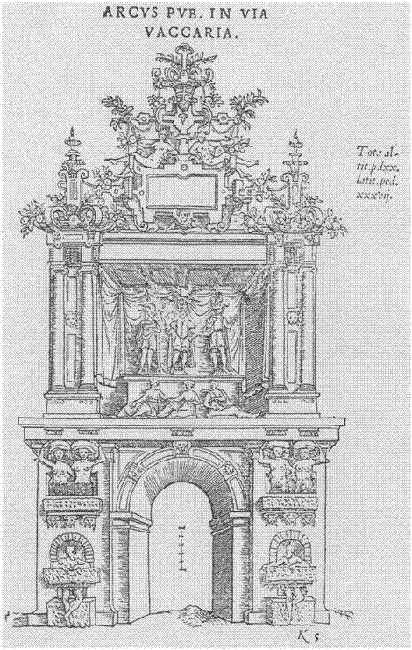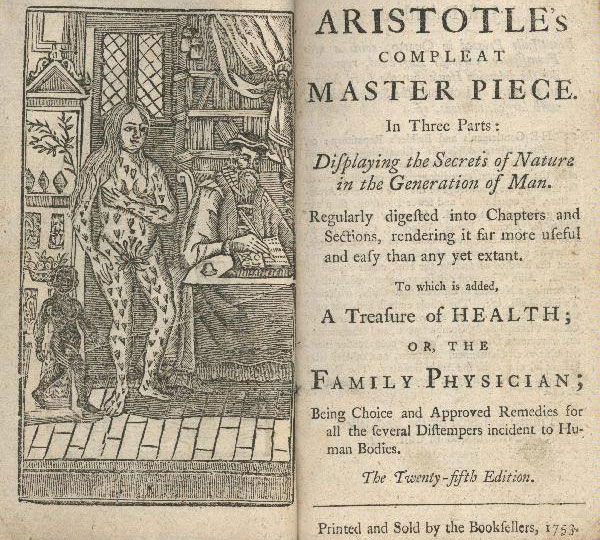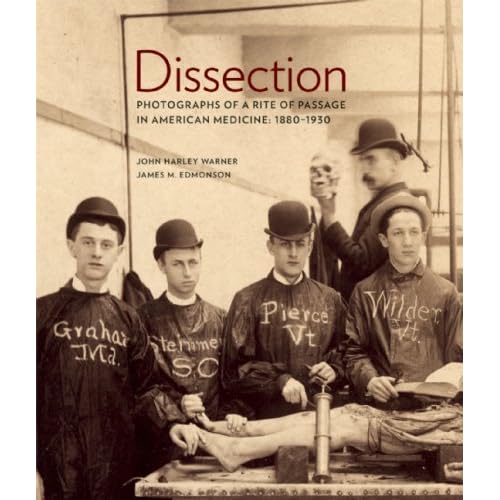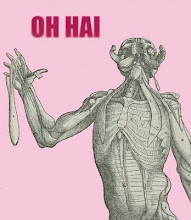I can agree with, say, The Fisherman's Wife:
But then what about Leda and her Swan?:
Totally agree with Corregio's Jupiter and Io:
But I feel like they picked the wrong Danae image.
They went with Titian:
I would personally go with Klimt:
What else?
Ah, so JS, RS, and Jeff bring up the ever sexy St. Theresa by Bernini:
And a recommendation from AK:
And who could forget Caravaggio's Amor:
BDM adds Girodet's Sleep of Endymion (um, YES):
SLSH brings up the Louvre's Sleeping Hermaphrodite:
Back:
Front:
